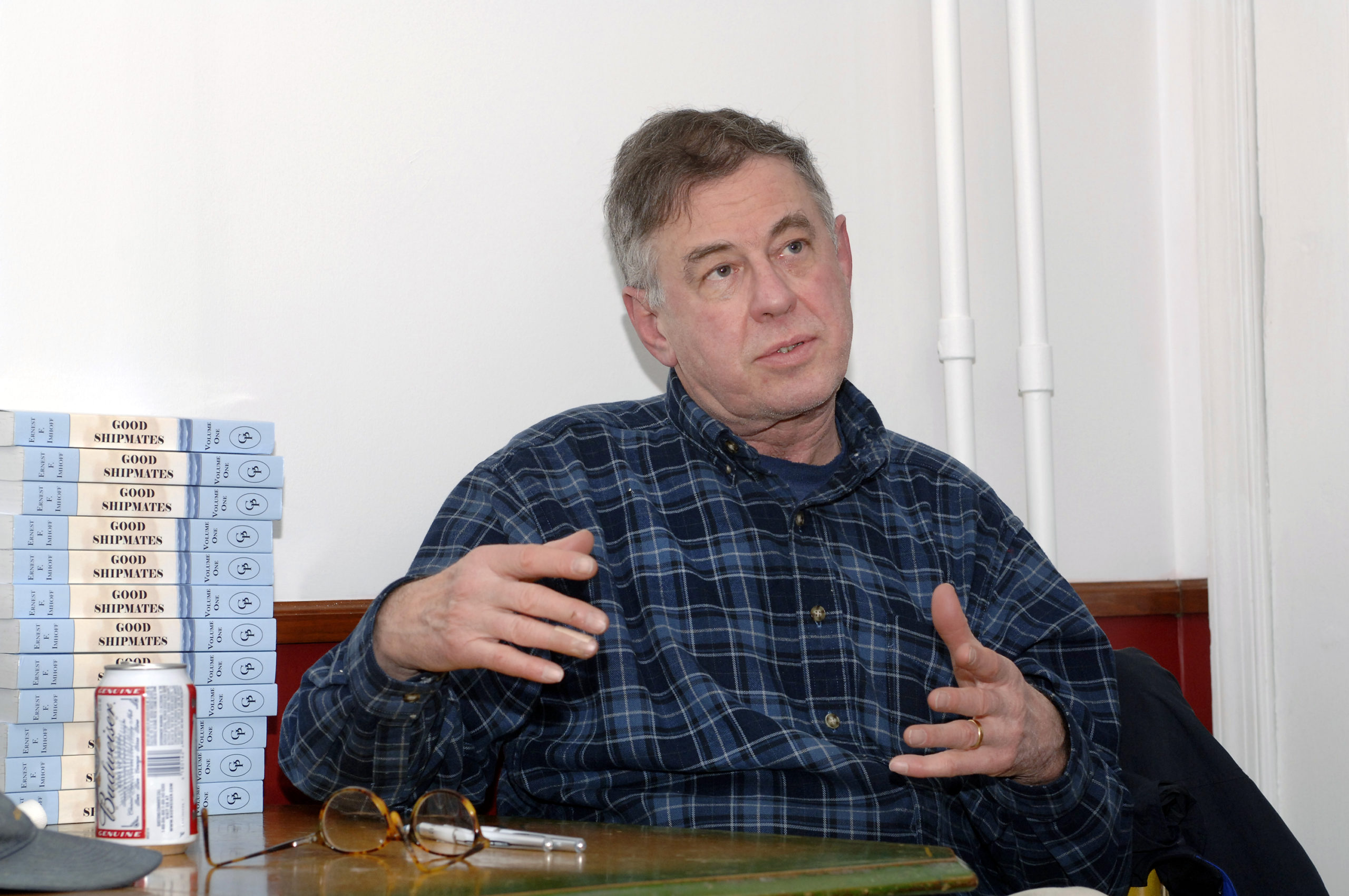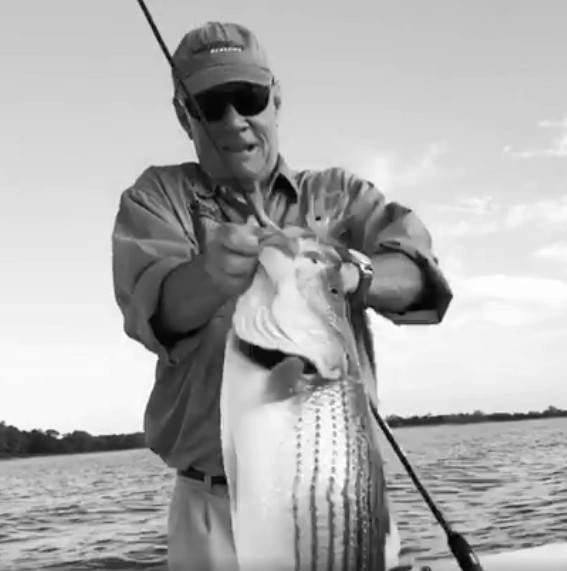Maintaining a piece of property sounds like a fight to create order against the wild world: Man against Nature. I remember the first time I visited Disney World in Kissimmee, Florida. It was the early 1970s, and the park had just opened. Everything was shiny and spit-spot, as Mary Poppins would say. What I found almost eerie about the shininess was that, throughout the park, speakers implanted in the seriously green grass continuously played cricket and bird sounds, the water in the lake and streams was dyed blue. Disney World had beat nature. I haven’t been in over 30 years, so I don’t know if much has changed. But I would guess it has—I heard that the lake is loaded with fish now, and herons are nesting on the islands in the lake.
Walking through neighborhoods, I mentally grade the landscaping on how much it approaches Disney World’s example. I prefer yards with just a little grass and many well-maintained wildflower gardens, rain gardens, and native plants—including trees. In other words, just a little more wild.
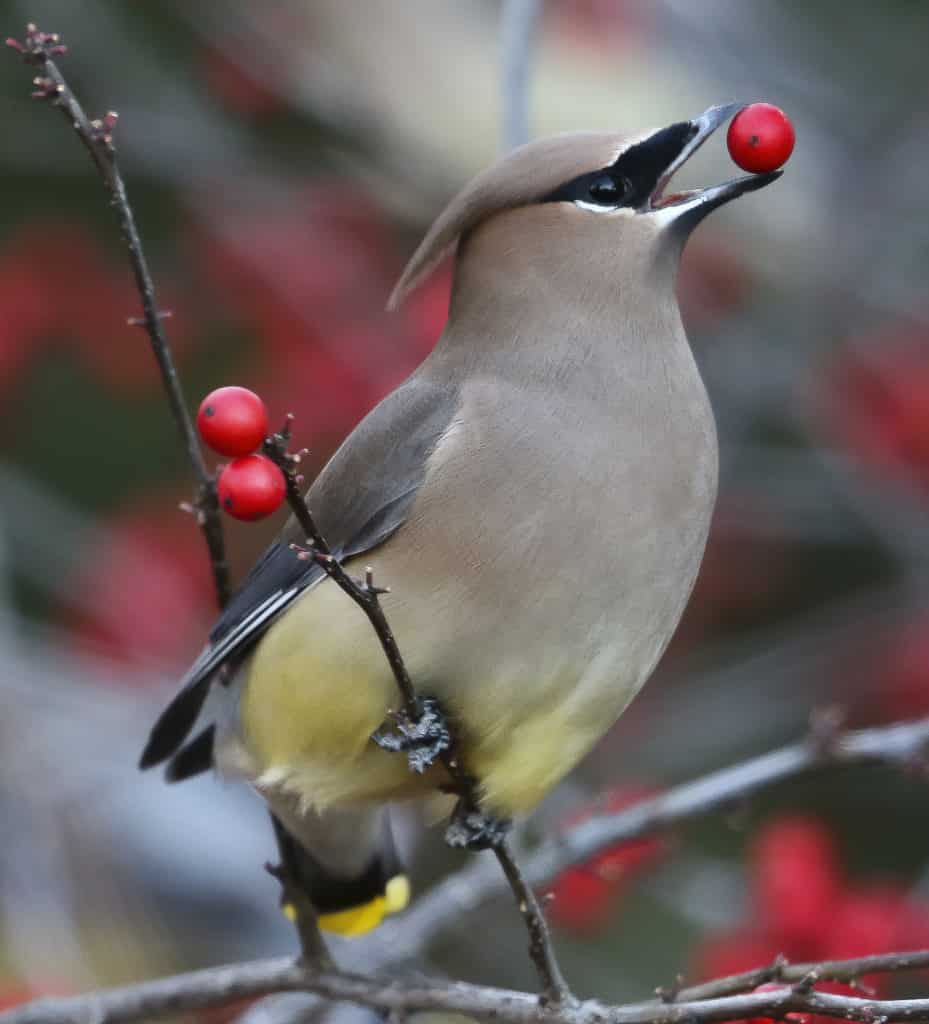
Unfortunately, I have to admit that my yard is not a perfect example of healthy native landscaping. I have too many invasive plants that somehow sneak by me regularly. I have spent hours stripping English ivy out of the yard. Digging out four clusters of euonymus (wintercreeper) and a large patch of liriope (lilyturf) has given me a sore back.
But I do have a backyard rain garden that is hummingbird friendly and a front garden with flowers attractive to seed eaters like goldfinches. In the fall, I leave the dried flower heads up for a while as the birds feed on the seeds and the beneficial insects lay eggs in and on the stalks for emergence next year. In the winter, I cut down the stalks and bundle them until spring when the bundles are cut smaller and used for vegetable garden bedding material. When placed between the plant rows, the stalks suppress weeds and the emerging parasitic wasps and praying mantises help control other insects.
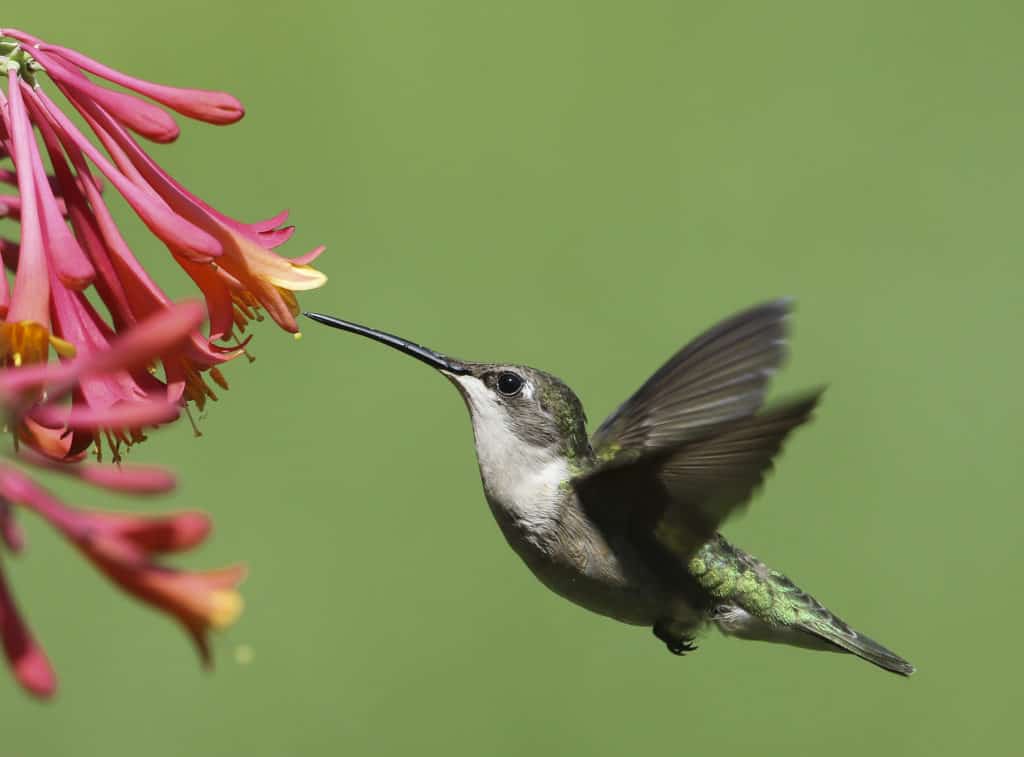
I have encouraged my friends and neighbors to add native plants, especially flowering/fruiting plants, to their yards and to avoid using herbicides and insecticides.
Why promote native plants and wilder use of land? Well, the unfortunate reality is that over the last 50 years the number of birds that live in North America has dropped by 70 percent. A significant part of the decline can be linked to suburbia. Animals, including birds, that are displaced by a housing development or retail center, if they have nowhere else to go, are just gone. In Germany (and likely all of Europe), it is estimated that a 75 percent decline in insects occurred in just the last 25 years. The loss of insects in North America has not been documented but has been noted to be severe in many regional studies.
Wild areas are separated and fragmented from other wild areas, leading to isolation and expiration (local extinction). Herbicides on lawns harm native plants like milkweed or pawpaw trees which then can no longer feed developing monarch and zebra swallowtail respectively.
Using native plants in yards will help fortify the ecosystem that has become fragmented. Wildflower gardens and native plants that belong to your specific area are generally easier to maintain than manicured lawns. But the right plants need to be chosen. Pay attention to soil type, sun exposure and water availability—these elements can guide you to the best choices for a certain space. Armed with that information, a horticulturalist can prepare a list of plants that could flourish. Visit gardens and parks to see what fully grown native plants look like once established.
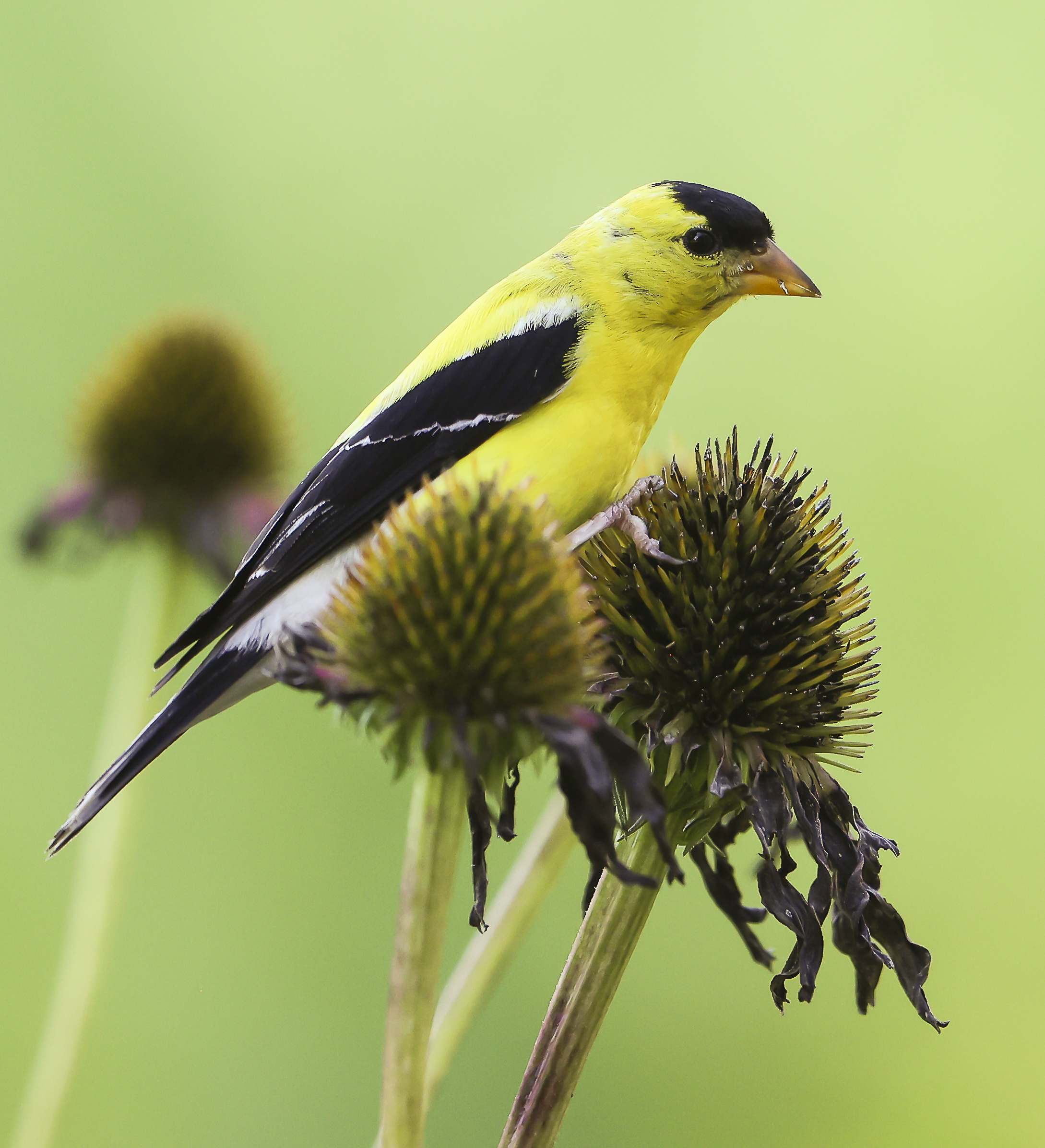
To learn more about the invasive plants we don’t want in our yard, I recommend a publication from the National Park Service/U.S. Fish and Wildlife Service, Plant Invaders of the Mid-Atlantic Natural Areas.
Soon Marylanders may have significant help in installing a native plant garden. A new bill sponsored by Sen. Benjamin Brooks (SB0836) has passed both houses and now is heading to Gov. Wes Moore’s desk. The Maryland Native Plants Program encourages and promotes the use and sale of plants native to Maryland. Under the program, the state Department of Agriculture, with the University of Maryland Extension program will hire an extension agent(s) to raise awareness and serve as a specialist on native plants.
What if your neighbors prefer everyone to have a fully turfed yard? Until recently, homeowner associations (HOAs) have been able to require that association members follow any conformity that has been decided on by the HOA governing members. On October 1, 2022, a new Maryland state law became effective that essentially stops HOAs from prohibiting homeowners from installing low-impact landscaping such as rain gardens, pollinator gardens, and xeriscaping.
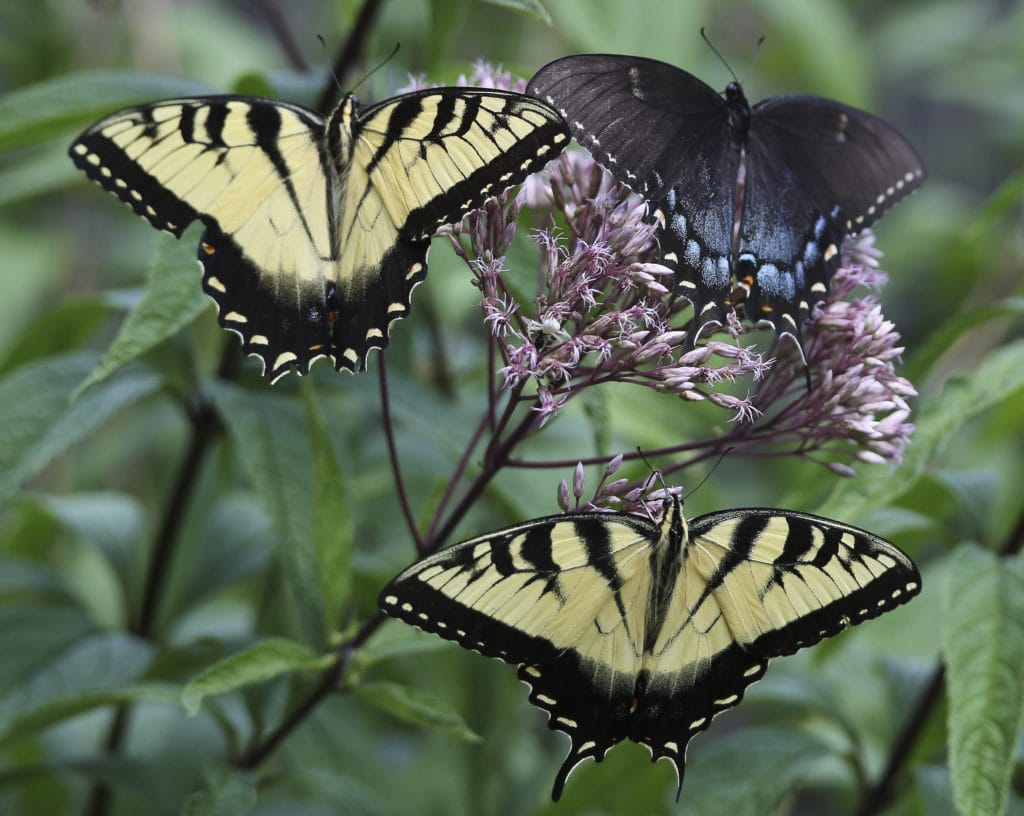
The bill stems from a large and expensive argument concerning 15-year-old flower gardens in a Howard County neighborhood. (Read more about it in this post on the Humane Gardener called Butterflies: 1, Bullies 0.) Maryland is the only state so far with such a law but more states are considering similar action.
If you are ready to start planting native plants, I recommend a high impact plant like native milkweed. There are several very lovely and easy-to-grow subspecies and the monarch butterflies will thank you.
It just makes sense to grow plants that were meant to grow here in Chesapeake Country and thereby support the wide variety of animals that also call it home.

